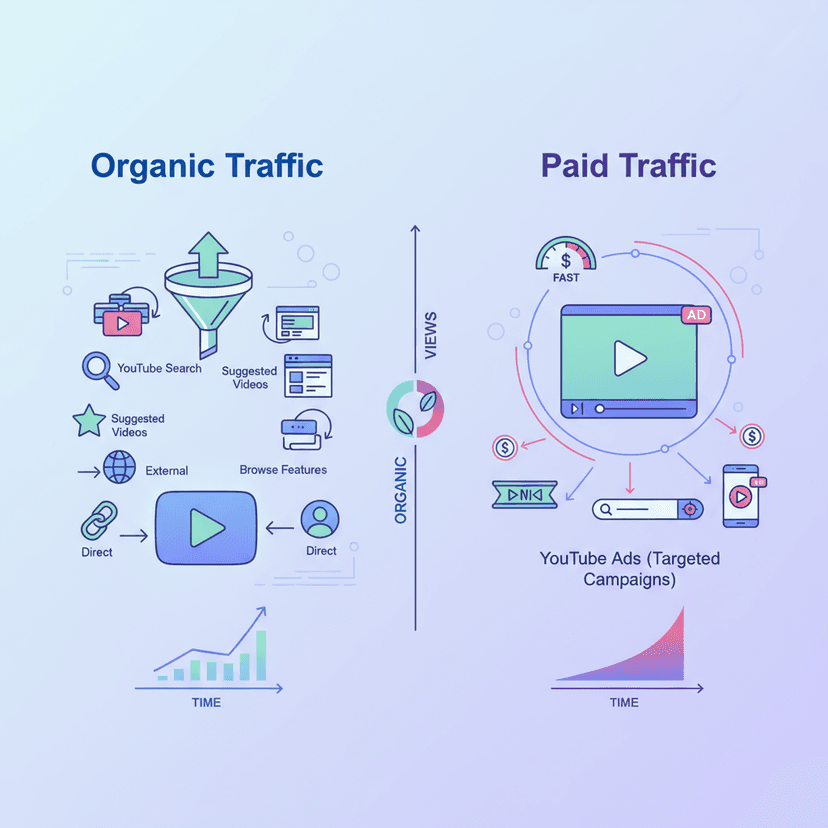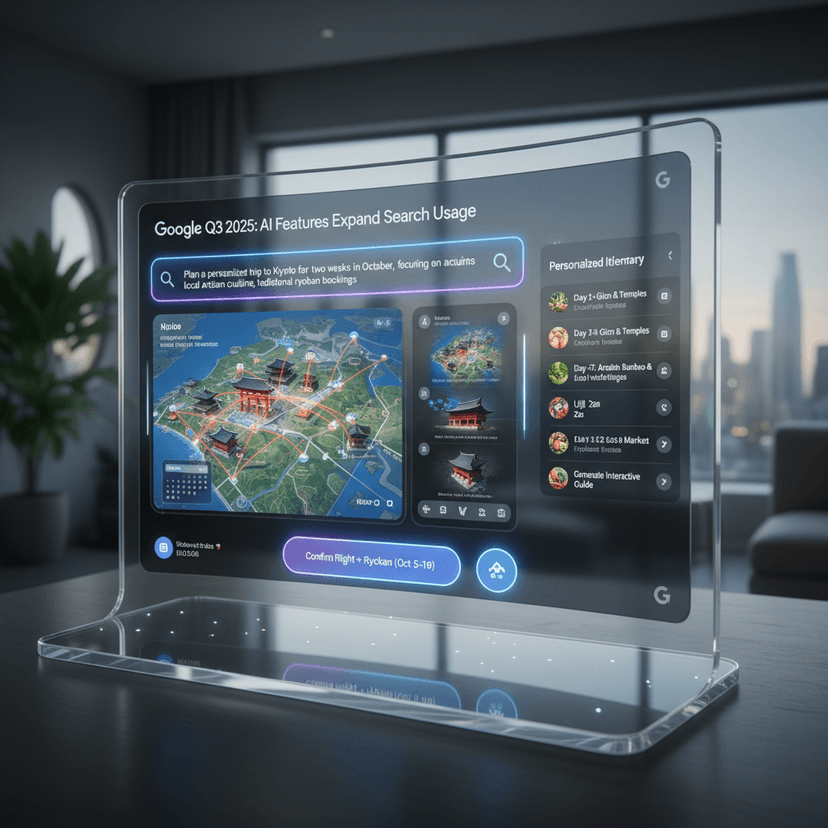Internal links are one of the most powerful SEO strategies, yet they are often overlooked. While many focus on building external links, using internal links correctly is a factor that can effectively boost your website’s ranking. Google has consistently emphasized the importance of internal links. John Mueller from Google once stated that internal links are crucial for SEO success.
However, implementing internal links requires caution. In this article, we’ll explore tips for effectively using internal links while avoiding pitfalls that can hinder SEO performance.
What is an Internal Link?
An internal link is a link on a webpage that connects to other pages within the same website. Its purpose is to drive traffic internally, keep users engaged on the website longer, and reduce the bounce rate, which positively impacts how Google perceives the website’s effectiveness and ability to meet user needs.
Internal links have anchor text, which is the visible text on the web page used as the clickable point of the internal link, directing users to the relevant destination page.
Precautions When Implementing Internal Links
Here are some precautions to consider when implementing internal links to ensure your website performs effectively:
1. Using Non-Descriptive Anchor Text
When creating internal links, use words that indicate the keywords you want the page to rank for. For example, if you want a page to rank for “green tea cake recipe,” use that phrase or similar terms as the anchor text instead of generic phrases like “click here” or “see recipe.” Therefore, when creating internal links, use anchor text that clearly describes the content being linked to, helping both users and Google understand what keywords you’re targeting for indexing.
2. Using Repeated Anchor Text
Using the same anchor text across multiple pages can negatively impact rankings. For instance, if you have four chocolate cake recipes and use the anchor text “chocolate cake” for all of them, none of the recipes might rank high or at all. This is known as “internal linking competition,” where Google limits the number of search results from the same website for a specific keyword. To solve this internal linking problem, vary the anchor text, such as “low-sugar chocolate cake,” “soft chocolate cake,” or “flourless chocolate cake.” This will help each page rank better.
3. Excessive Linking in the Footer
The footer should only contain essential links, such as About, Contact, Privacy Policy, or social media links. Avoid excessive linking, as it may appear spammy.
4. Linking to Noindex Pages
Linking to noindex pages wastes the opportunity to pass on link equity. Ensure that your internal links point to pages you want Google to rank.
5. Failing to Fix Broken Links (404 and 503)
Broken links not only frustrate users but also disrupt the flow of PageRank. Use tools like Broken Link Checker or Semrush to regularly detect and fix broken links.
6. Using Automated Internal Link Creation
While plugins or tools can automate internal link creation, this can lead to unintentional spam. It’s recommended to manually create internal links strategically.
7. Internal Redirects
If you change a webpage’s URL, update all internal links accordingly. Otherwise, you may experience multiple redirects, which can negatively impact SEO and website speed.
8. Ignoring Link Placement
Links located within the content and at the top of the page tend to be more important than links in other areas. Try placing links in strategic and relevant positions.
9. Having Orphaned Content
Ensure that every page on your website has at least 3-5 incoming links. Pages without incoming links may not be considered important by Google and may not be ranked.
Conclusion
Internal links, connecting pages within the same website, are a crucial SEO strategy often overlooked. Avoiding common mistakes like using inappropriate anchor text, repetitive linking, or neglecting to fix broken links can significantly improve internal link effectiveness. Additionally, prioritize link placement, avoid automated systems, and ensure every webpage has incoming links. Proper internal linking not only helps Google understand your website’s structure but also enhances user experience and increases the chances of ranking high on Google.
About Relevant Audience
We are Relevant Audience, a Digital Performance Marketing Agency specializing in SEO and one of the leading Digital Agencies offering comprehensive digital marketing services. We support businesses in reaching their target audience at the right time, place, and device.
Our services cover SEO services, Search Marketing, Social Media Ads, Search Ads, and Influencer Marketing. We are also a SEO Company and Google Partners. Our team of specialists provides consultation and finds solutions tailored to business needs.
Contact us for more information and online marketing consultation
Tel: 02-038-5055
Email: info@relevantaudience.com
Website: www.relevantaudience.com







